Punjab India
This is a part of India you may not have heard of. A widely misunderstood area tucked away in India’s North West corner on the border with Pakistan is the province of Punjab, home to the Sikh faith. A trip to Punjab almost feels as if you have left India and entered a whole new country. For starters, Punjab is against the cast system making it one of the most accepting regions of the country.It is also home to quite possibly the best food in all of India due to the region being blessed with fertile pastures and a great growing season, many refer to Punjab as the Naan basket of India. This extraordinarily different side of India is addictive and has now brought me back for a third time to try and delve deeper into Punjab’s incredible culture! Welcome to Punjab, India.
The Sikh Faith in Punjab
Sikhism is a monotheistic religion based on the revelation of Guru Nanak. It is a religion based on tolerance and strongly opposes India’s cast system. It is also a religion that is often based upon war and many of the leaders were warriors fighting to keep the innocent safe.
Arriving in Punjab Sikhism will be the first thing you notice because of the religious turbans, they are everywhere. Followers wrap their hair in these colourful turbans often turning them into quite a fashion statement. Another noticeable part of the Punjabi people are the Silver bracelets and knives that they wear to show their devotion to the Sikh Faith. Many Sikh’s are also vegetarian and refrain from drinking alcohol or smoking although it is not compulsory to do so. Because of how open the Sikh’s are to others exploring their faith while in Punjab makes for one of the most incredible and cultural experiences in India.
Punjab’s Capital Amritsar
Arriving in Punjab’s capital city Amritsar from Delhi is a breath of fresh air…literally. Although Amritsar is still a large and busy city by Indian standards it’s relatively slow paced. Other cities in the country are plagued with touts who will try to veer you away from the correct path while in Punjab you will rarely encounter this. The air quality is also much better here apart from certain seasons when they burn crops.
Leaving the train station into the sea of multi-coloured turbans I set off to explore Amritsar’s historic streets and chaotic bazaars. Chai Walla’s yelling out, smoke from street kebab stalls the oddly painted elephant strolling down the street, this is Amritsar in all its glory. Much of the old city is centred on the Golden Temple. Here you will find a confusing mess of historic buildings, spider web-like power lines and religious shops selling everything Sikh. It can be very chaotic during midday, but I found the city really comes alive at night with a vibrant display of lights.
India’s Best Kept Secret – Punjabi Cuisine
There’s a Punjabi saying, the best food is not cooked at home, but found on the streets. Exploring the historic centre near the Golden Temple you will find many vegetarian restaurants. Look further and you’ll find the places serving Punjab’s best meat dishes. Here is a list of some of my favourite Punjabi dishes.
Punjabi Butter Chicken – Obviously a popular well-known Indian dish is Butter Chicken, but the Punjabi version is much heavier and richer. Often, they use tandoor chicken right from the grill plopped into the rich creamy sauce and paired with a Roti filled with meat or cheese… yes, it’s the bomb!
Makki di Roti – This Rotti bread which is made from cornmeal is cooked inside a tava. Afterward, it’s lathered in Punjabi butter… lots of It! You will find Makki di Rotti served in most places and is obligatory to eat almost everywhere in Punjab.
Chole Bhature – Chole which is a spicy chickpea curry dish heavy on onions and cilantro. While Bhature is a fried bread paired well with it. This is a very popular street food dish; every Punjabi has their opinion on where the best one is.
Chana Masala – This is the chickpea curry of chickpea curries. Chana Masala is found everywhere in Punjab. Similar to Chole, but a lot of more complex flavors and often spicier than hell itself.
The Golden Temple
The centre of Amritsar and the entire Sikh faith is the Golden Temple. This massive complex features a sacred lake in which Sikh followers bathe, in the centre lies the solid gold-plated temple which recites Sikh prayers 24/7. The Golden temple is also home to the world’s largest communal kitchen which serves a free vegetarian meal to anyone from any faith at any time. This meal has been served for over 300 years.
Entering the temple, you must cover your head (head covers offered outside) and walk barefoot through the water basins at the entrance to clean your feet. From there you can walk the outside of the lake and enjoy the views or enter the golden temple to see the holy scripts with the pilgrims. Joining in on the communal kitchen is a must as well! Punjabi people are extraordinarily friendly, and you will most likely meet many friends when you sit down to eat.
Deciding what time of day to visit can be hard so what I recommend is to make two visits. Arriving just before sunset many pilgrims come to bathe and wake up to the morning prayers while at sunset you watch the temple light up in all its golden glory. My all-time favourite is sunset because of the energy of the local people!
Mata Temple
With the Sikh Golden Temple taking most of the highlight there is however a hidden wonder in Amritsar. Mata Temple which is not Sikh but Hindu is not just a temple, but a journey I’m not likely to forget and neither will you!
From the outside, Mata appears to be a regular temple but follow the pilgrim path and you will crawl through bejewelled caves, enter through a serpent’s mouth, navigate through a room of Shiva lingams and encounter colourful deities you have never seen before. Not a lot of travelers make it to this one as they focus on the Golden Temple, but Mata Temple is quite possibly the most“interesting” temple I have visited in this corner of India!
Wagah/Attari Border Closing Ceremony
The partition was meant to divide India and Pakistan avoiding religious conflict and war. When the borders were carved out that’s exactly what happened, years of violence-plagued the continent. Now the massive border between the two countries has only one official border crossing. This crossing borders the towns of Attari and Wagah, they are is still very tense due to the political rivalry left over from the partition.
Although it’s a scary place every evening the two countries put on a show called the border closing ceremony. Here all are welcome to watch the border guards decked out in their colourful outfits kick their legs, yell, and prance around. Competing in a battle of theatrical performances.
I have seen the show on both sides and I can tell you this, both India and Pakistan are equally passionate about their side. The cheering is contagious and witnessing the passion within the locals is inspiring. So I highly encourage you to join in with the national pride as this is one hell of an experience and worth coming to this far-flung corner of India!


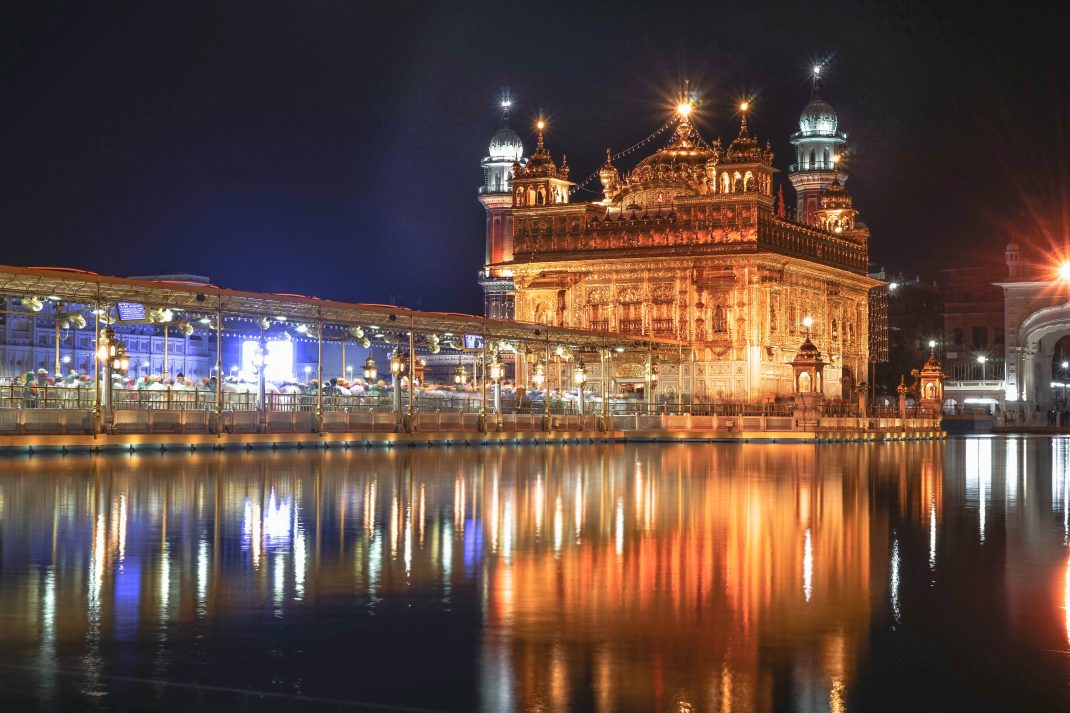
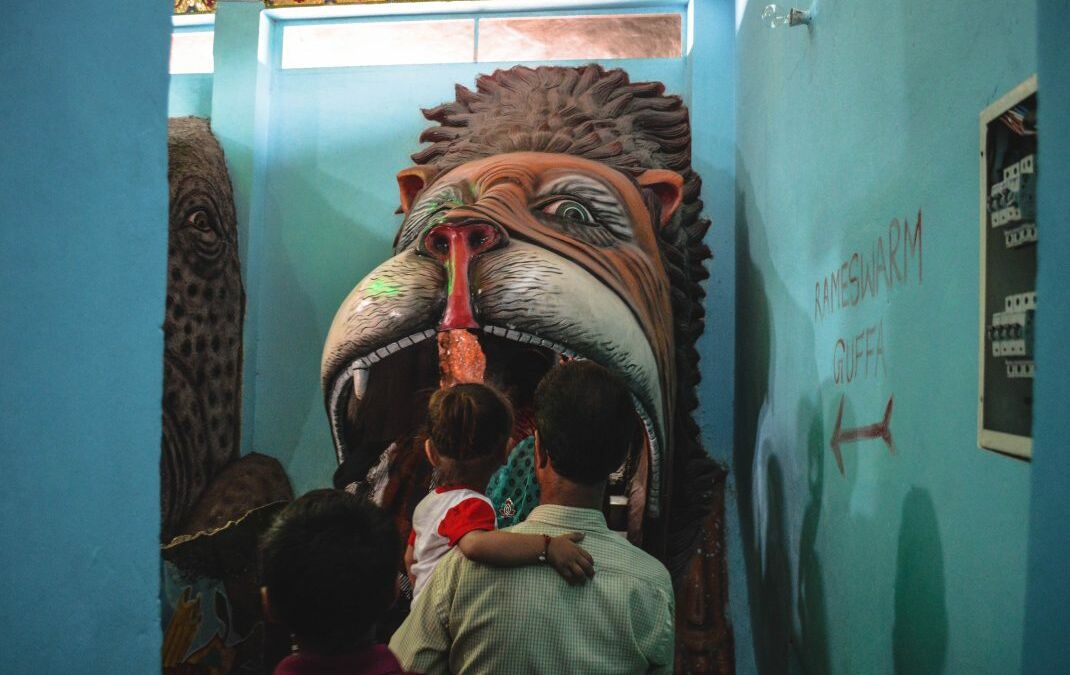
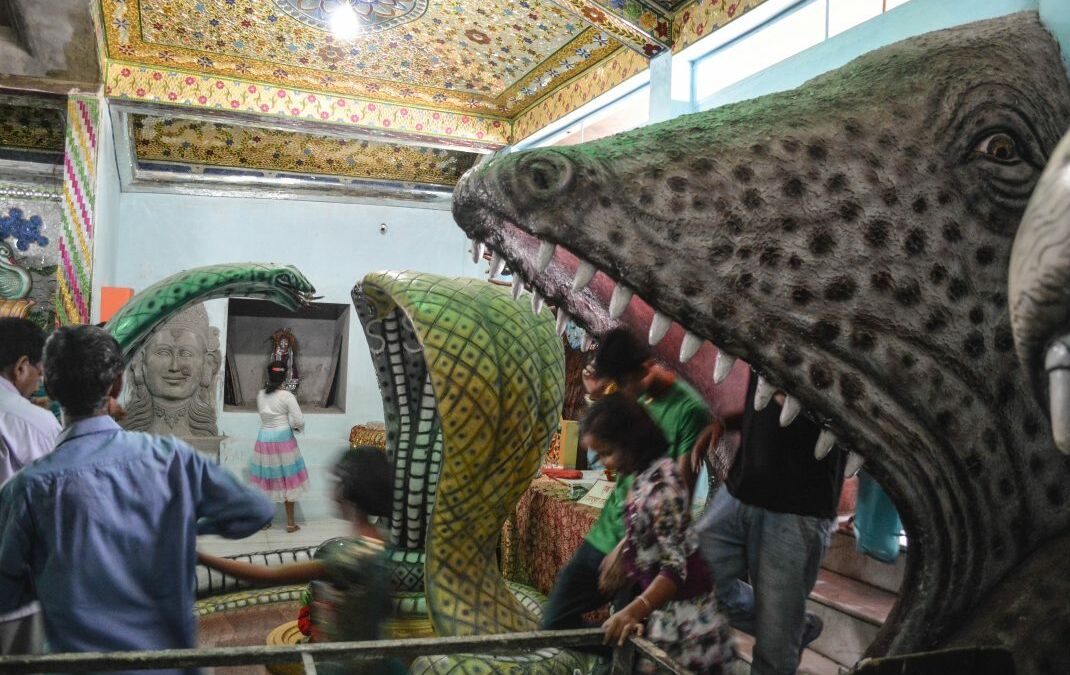
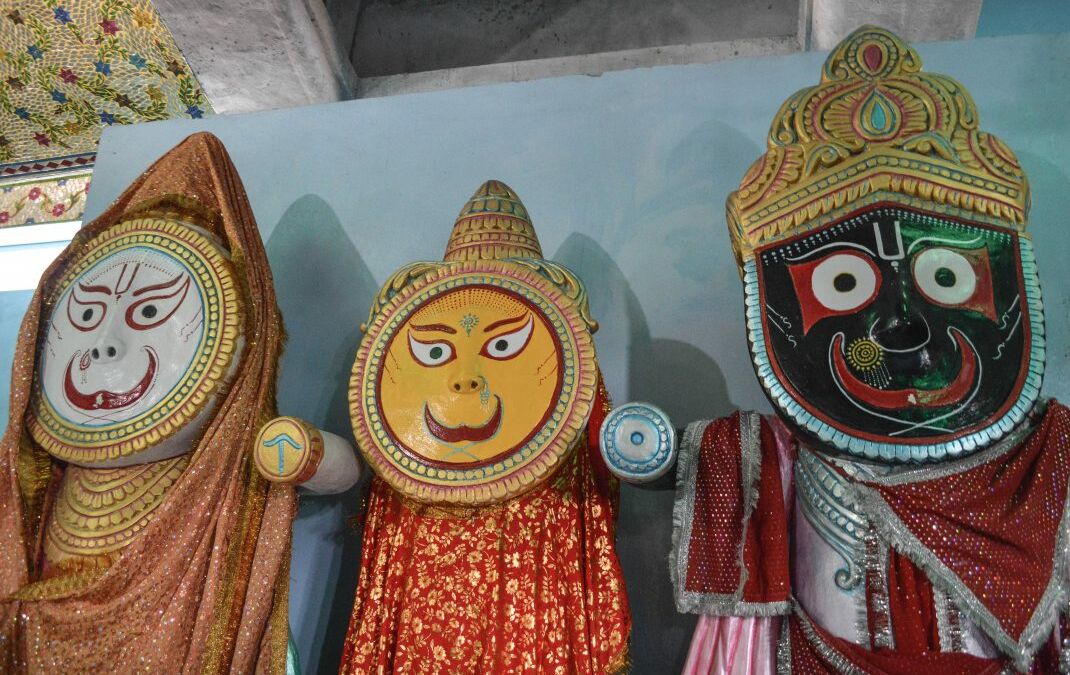
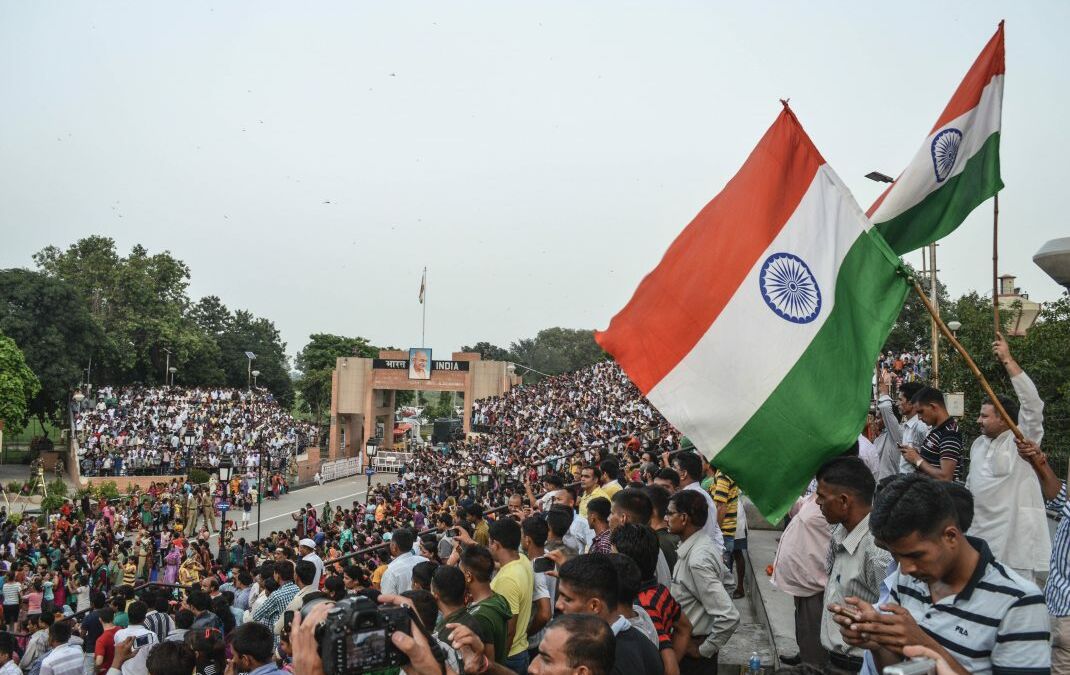
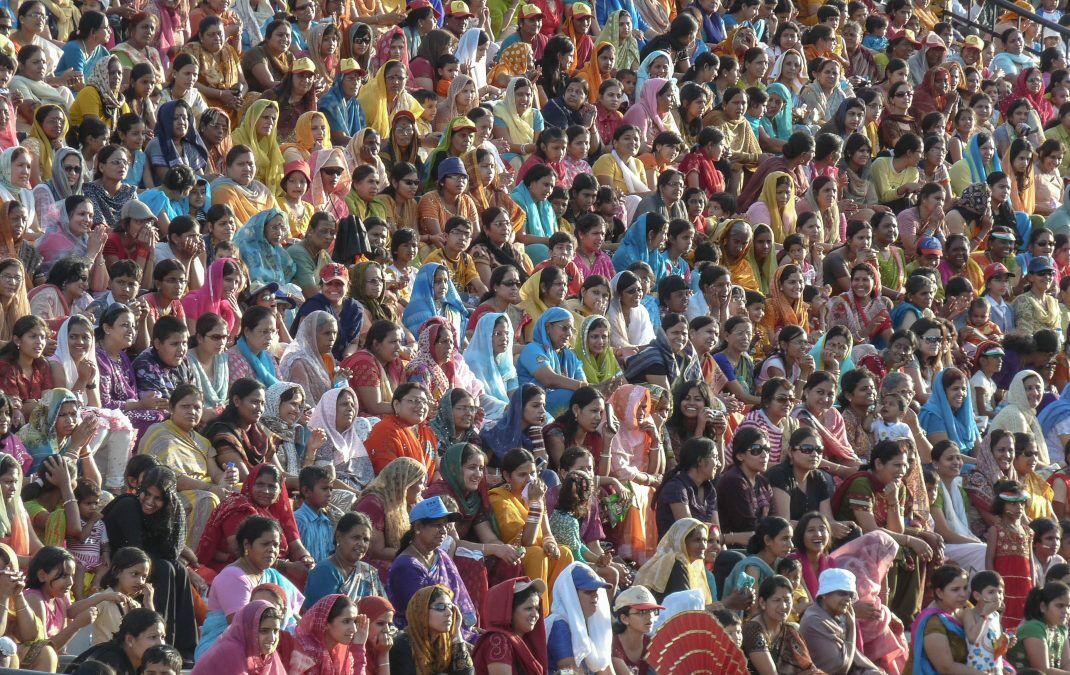
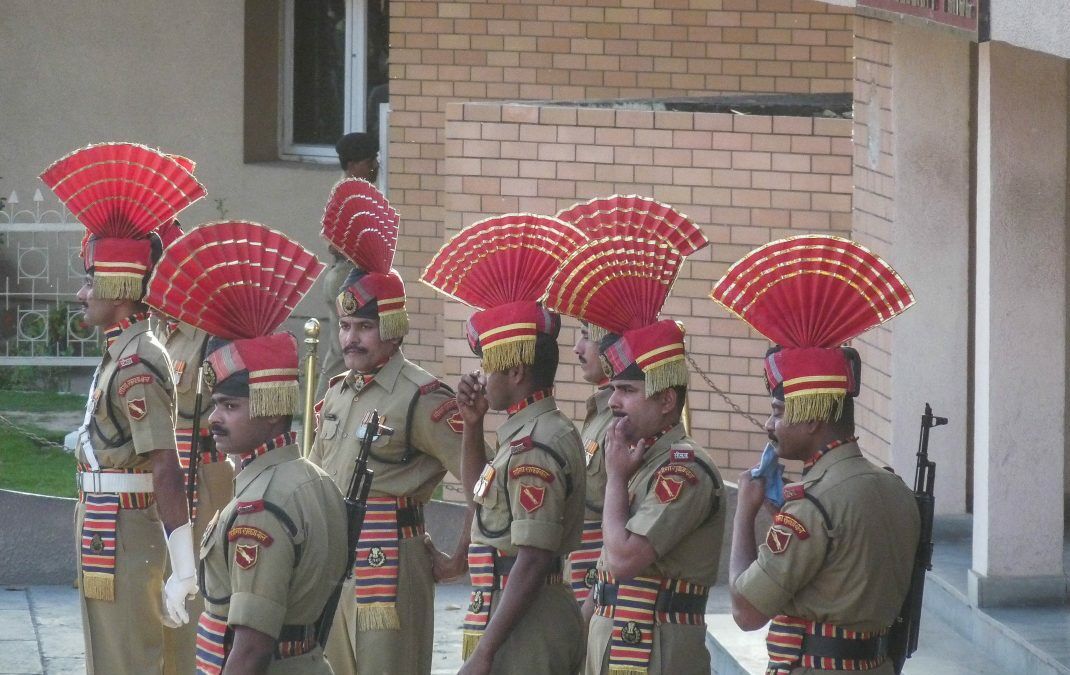
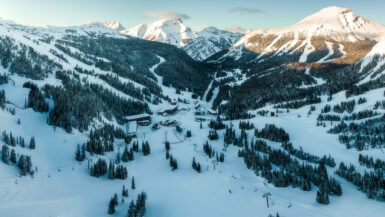
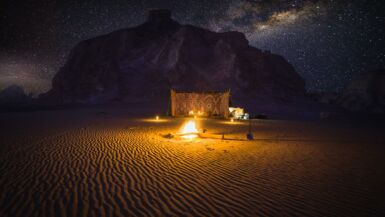
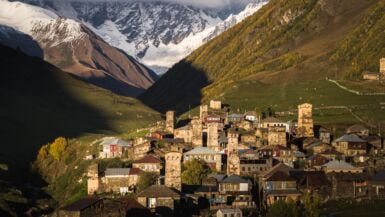
This is amazing! Absolutely great guide line. I LOVE your photos from Punjab – incredible!
Punjab is the greatest state in India. Lot’s of things are seeing in Punjab. Golden Temple is famous in Punjab. Most of the people are visit this place. You shared the guideline is very helpful for tourist. Great Blog.
Punjab is very good state to visit, Specially Golden temple in Amritsar is main attraction for tourists. You must visit Golden Temple at Amritsar, when you visit Punjab.
You can get all type of facilities for stay, food and traveling.
If you want to stay near Golden Temple, There are lot of Hotels near Golden Temple and i can share the link of one best hotel that is only 400 meter away from Golden Temple.
You can book room online in Hotel Golden tower and get all the facilities like cab, free wifi, local tour packages, Wahga Border visit.
So visit the Amritsar and add some memorable movements in your life.
Thanks.
Thanks for sharing about Travelers Guide to Punjab India, I was actually looking for same . I am actually planning to explore !!!